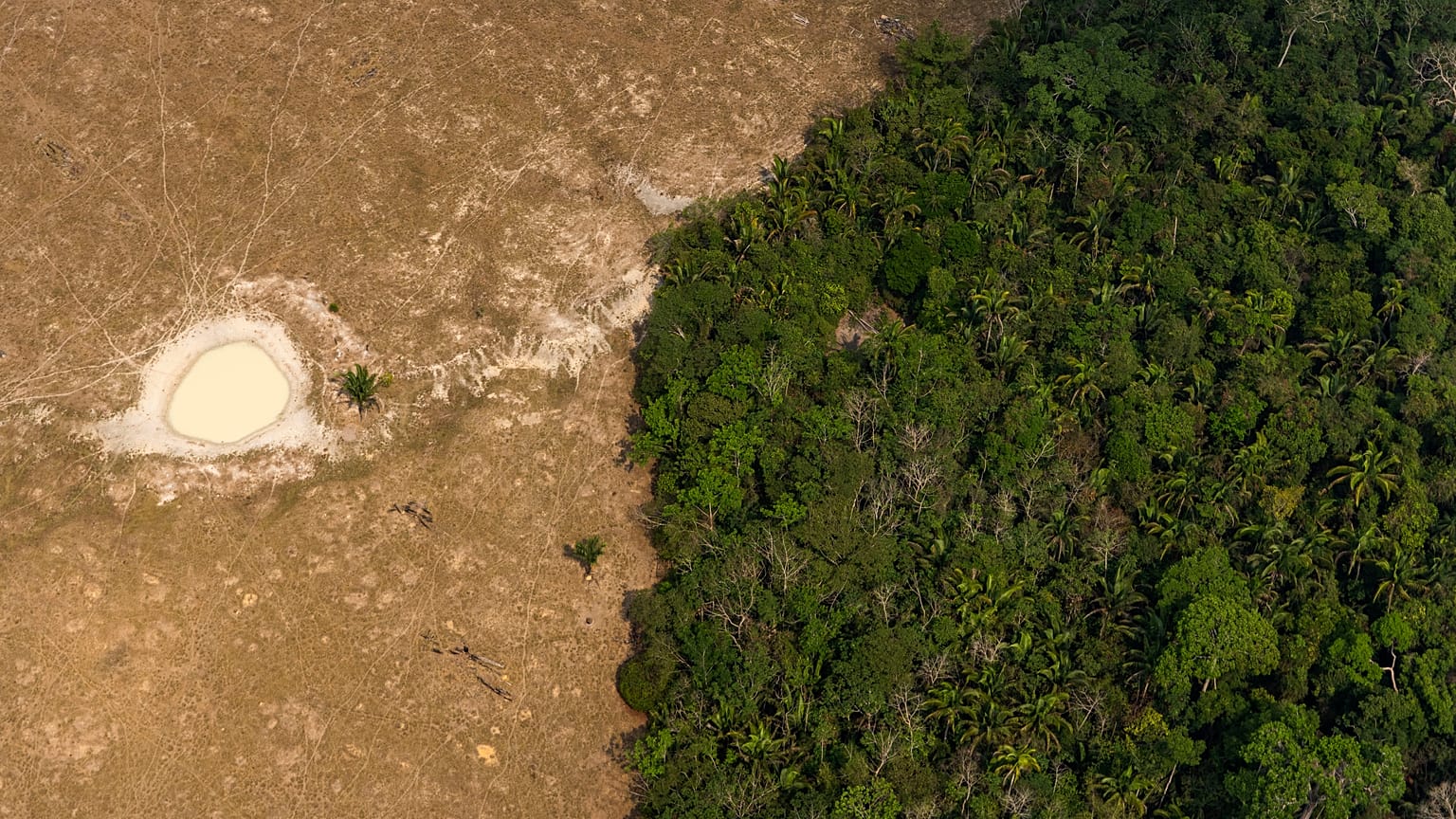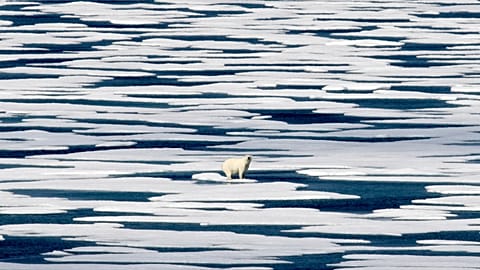A damning report by the World Resources Institute sheds light on the extent at which planet earth's forests are shrinking through deforestation, logging and wildfires.
In 2022, the planet lost an area of tropical rainforest the size of Switzerland or the Netherlands.
According to a report by the World Resources Institute (WRI), the destruction was caused by a combination of wildfires and deforestation for agriculture and logging. The authors say an area the size of a football pitch was destroyed every five seconds.
Its satellite-based deforestation monitoring platform, Global Forest Watch (GFW), recorded the destruction in 2022 of more than 4.1 million hectares of primary tropical forest, crucial for the planet's biodiversity and carbon storage.
The country hardest hit is Brazil, with an area destroyed accounting for 43% of global losses, ahead of the Democratic Republic of the Congo (13 per cent) and Bolivia (9 per cent).
"We are losing one of our most effective tools for combating climate change, protecting biodiversity and supporting the health and livelihoods of millions of people", says GFW Director Mikaela Weisse.
The primary tropical forests destroyed in 2022 released 2.7 billion tonnes of CO2, equivalent to the annual emissions of India, the world's most populous country.
As a result, forest destruction continues to accelerate inexorably, despite the commitments made by the world's leading leaders at COP26 in Glasgow in 2021.
90 billion tonnes of CO2
Some 1.6 billion people, almost half of them indigenous peoples, depend directly on forest resources for their livelihoods.
In Brazil, deforestation has continued to worsen during the presidency of Jair Bolsonaro (2019-2023), increasing by a further 15 per cent in one year, according to the GFW's annual report.
Under Bolsonaro, the Brazilian administration turned a blind eye to illegal deforestation, weakened indigenous rights and dismantled the country's environmental policy.
His successor, President Luiz Inacio Lula da Silva, inaugurated in January, has pledged to halt the destruction of the Brazilian Amazon by 2030. However, experts believe that he will have to overcome a number of challenges to achieve this.
Some 90 billion tonnes of CO2 are stored in the trees and soils of the Amazon rainforest, twice the annual global emissions.
"Stopping and reversing forest loss is one of the most cost-effective ways of mitigating (the situation) that we have today", warned Frances Seymour, a WRI expert.
Slower destruction in Indonesia
In the Democratic Republic of the Congo, more than half a million hectares of forest had been destroyed by 2022, according to the report. This was mainly due to agriculture and the production of charcoal, which is vital for households, 80 per cent of which have no electricity.
A half-billion-dollar agreement to protect the Congo Basin rainforest was signed by the DRC in 2021. But it has been undermined by a recent call for tenders for oil licences and gas blocks launched by the authorities.
In third place, Bolivia failed to reduce the rate of deforestation – and in fact, increased by 32 per cent compared to 2021.
Cocoa production, gold mining and fires are the main reasons for this, according to the researchers.
In Indonesia, on the other hand, forest destruction has slowed for the fifth year running. The archipelago is responsible for 5 per cent of global forest loss in 2021. It has seen the extent of its felled areas divided by more than four since 2016.
Watch the video above to learn more.


















